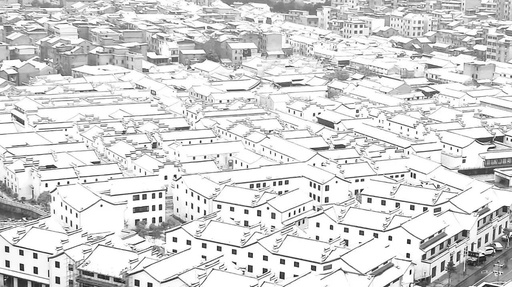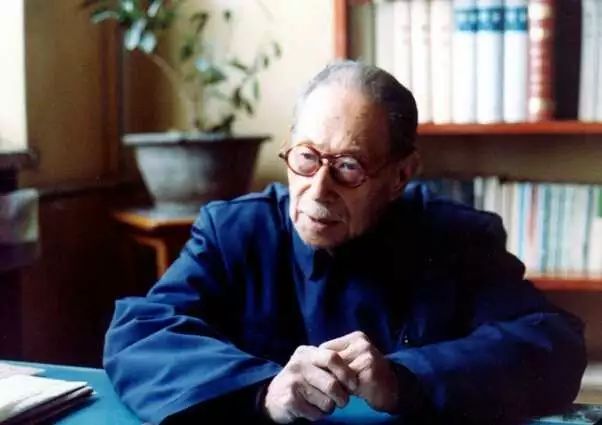
Mr. Zhao Bingnan (1899—1984) was a master in the fields of modern TCM surgery and dermatology. He served as the deputy director of Beijing Traditional Chinese Medicine Hospital, vice president of the Chinese Association of Traditional Chinese Medicine, and chairman of the Beijing Association of Traditional Chinese Medicine.
Mr. Zong Xiuying was born in 1926 into a family of traditional Chinese medicine practitioners in Beijing. His grandfather, Zong Shiming, and father, Zong Weixin, were both renowned doctors in Beijing. Besides learning medicine from his father, Mr. Xiuying also studied under famous local masters such as Zhao Shuping and Zhang Juren, eventually becoming a well-known physician himself.
There is a 27-year age difference between Mr. Zhao and Mr. Zong, and the available books and materials do not mention any interactions between the two. However, they did have some connections. In 1956, Mr. Zhao left his long-established clinic to join the newly established Beijing Traditional Chinese Medicine Hospital, where he served as deputy director. Mr. Zong’s father, Weixin, participated in the establishment of the hospital in 1956 and later became the head of the internal medicine department, while Mr. Zong also began working in the internal medicine department of the hospital that same year. This means that Mr. Zong and Mr. Zhao were colleagues, though it is unclear what their relationship was like.
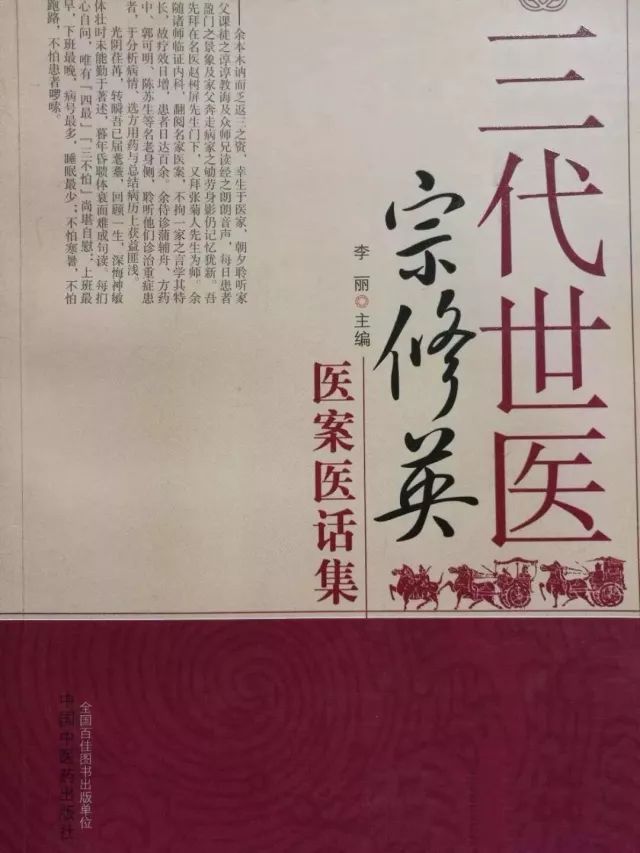
However, in my case, the two elder predecessors have a new intersection due to my theory of ‘Water Stagnation and Fluid Deficiency’.
The theory of ‘Water Stagnation and Fluid Deficiency’ was proposed by me based on clinical observations and experiences in 2011, and it was first published in the 2013 edition of “Thoughts of Traditional Chinese Medicine (Volume 2)”. It was also published on the WeChat account of the “Traditional Chinese Medicine Book Friends Association”. In 2016, I delivered a lecture titled “Wuling San and the Syndrome of Water Stagnation and Fluid Deficiency”, providing a comprehensive discussion of this theory from classical texts to theoretical and practical aspects. The new book published in 2017, “Seeking Truth in the Treatise on Cold Damage (Volume 1)”, also mentioned the theory of ‘Water Stagnation and Fluid Deficiency’.

Here is an excerpt from my discussion:
I believe that fluid disorders can be broadly categorized into several types: insufficient fluids; excessive fluids (this is a convenient way to describe it, but in reality, excessive fluids are no longer just fluids), which refers to abnormal fluid metabolism leading to the retention of water, dampness, phlegm, and beverages; and another situation where both insufficient and excessive fluids coexist, which still pertains to abnormal fluid metabolism and distribution, manifesting as water, dampness, phlegm, and beverage retention in certain areas while other areas experience fluid deficiency. This can be briefly referred to as ‘Water Stagnation and Fluid Deficiency’.
Clinically, the manifestations of insufficient and excessive fluids are well-known to practitioners and do not require further elaboration. The coexistence of water stagnation and fluid deficiency, while not common, can still be observed in clinical practice and is described in classical texts. For example, the symptoms of thirst and difficulty urinating in the Wuling San syndrome occur due to water stagnation preventing fluids from ascending, which is caused by abnormal fluid metabolism and distribution. Similar pathological changes observed in clinical practice include: simultaneous thirst and loose stools, constipation and difficulty urinating, and the presence of both a peeled tongue coating and a greasy tongue coating.
For those with fluid deficiency, the treatment should focus on supplementation and moistening; for those with excessive fluids, the treatment should focus on draining and expelling. However, it is more crucial to identify the abnormal links in fluid metabolism for targeted treatment. As for those with both water stagnation and fluid deficiency, should the treatment focus on supplementation or drainage? In fact, this is not the key issue. Restoring normal fluid metabolism and distribution is the fundamental approach to treating the disease. For instance, in the Wuling San syndrome, the herbs Zhu Ling (Polyporus), Fu Ling (Poria), and Ze Xie (Alisma) promote diuresis and drain dampness; Bai Zhu (Atractylodes) and Fu Ling strengthen the spleen and assist in transportation; Gui Zhi (Cinnamon Twig) warms the channels and promotes qi transformation, facilitating urination and allowing fluids to ascend, thus alleviating thirst without directly treating it.
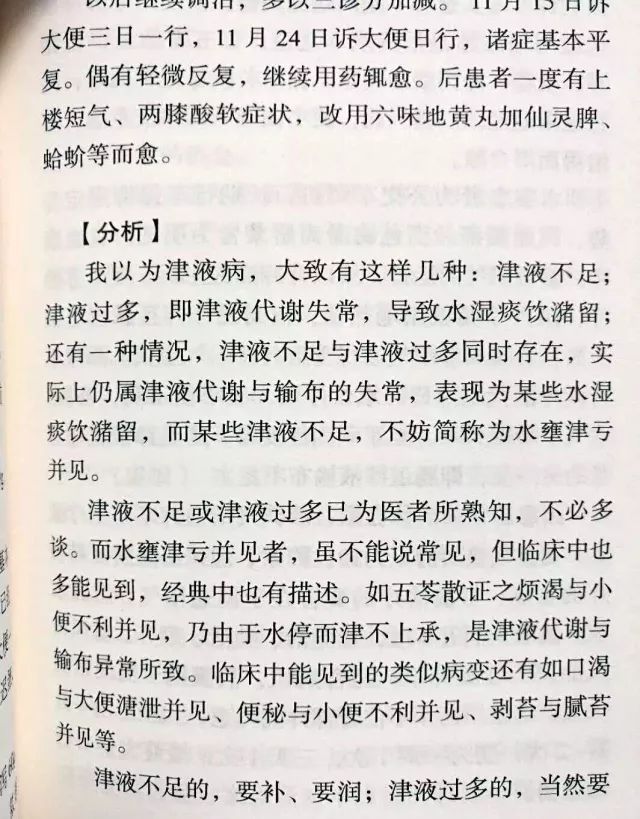
So, what is the connection between Mr. Zhao, Mr. Zong, and the theory of ‘Water Stagnation and Fluid Deficiency’?
Please allow me to start from the beginning.
From 1996 to 1999, I spent three years frequently immersed in the library of Shanghai University of Traditional Chinese Medicine, flipping through books and losing track of time. Naturally, I came across the “Clinical Experience Collection of Zhao Bingnan” published in 1975 (compiled by Beijing Traditional Chinese Medicine Hospital), but I could not grasp its essence.
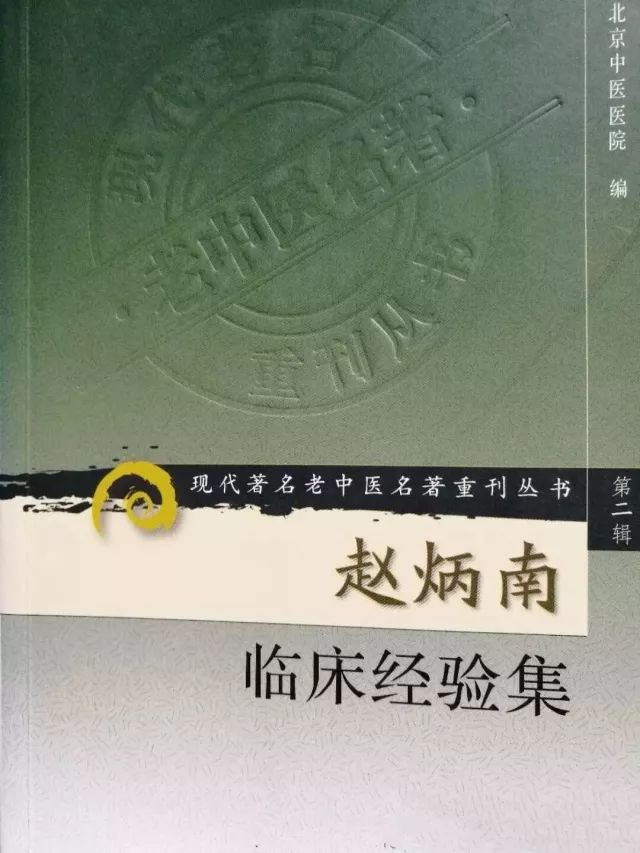
The reasons were threefold. First, at that time, I had no clinical experience, especially regarding TCM surgery and dermatology, which deal with diseases manifesting on the surface of the body, and I had no concept of them. Second, Mr. Zhao’s book contained too many self-formulated prescriptions and various external treatment methods, which overwhelmed me. Third, I had very few opportunities to treat patients, so even if I diligently studied Mr. Zhao’s collection, it would be of no use, and thus I had no motivation to spend time on this book.
After starting work in 2001, I happened to find Mr. Zhao’s collection on a colleague’s desk, flipped through it again, but put it down for similar reasons. Later, the collection was reprinted in 2006 by the People’s Health Publishing House as part of the “Modern Famous TCM Masters Classic Reprint Series, Volume 2”, and I immediately purchased a copy. Good books must be bought, even if I do not have the opportunity to read them seriously at the moment, I may still need to study them in the future.
As time went on, with increasing clinical experience, I began to see more patients with skin diseases, and I started to read Mr. Zhao’s collection more seriously.
This brings us to the concept of ‘stubborn dampness’ in Mr. Zhao’s collection. This concept appears in the notes on cases of eczema and generalized neurodermatitis, but it is only briefly mentioned and rather plain, initially failing to attract my attention.
It wasn’t until 2014 when the People’s Health Publishing House published “Notes from Following Master Zhao Bingnan”, which included an article by Dr. Ma Dading, that I found it insightful.
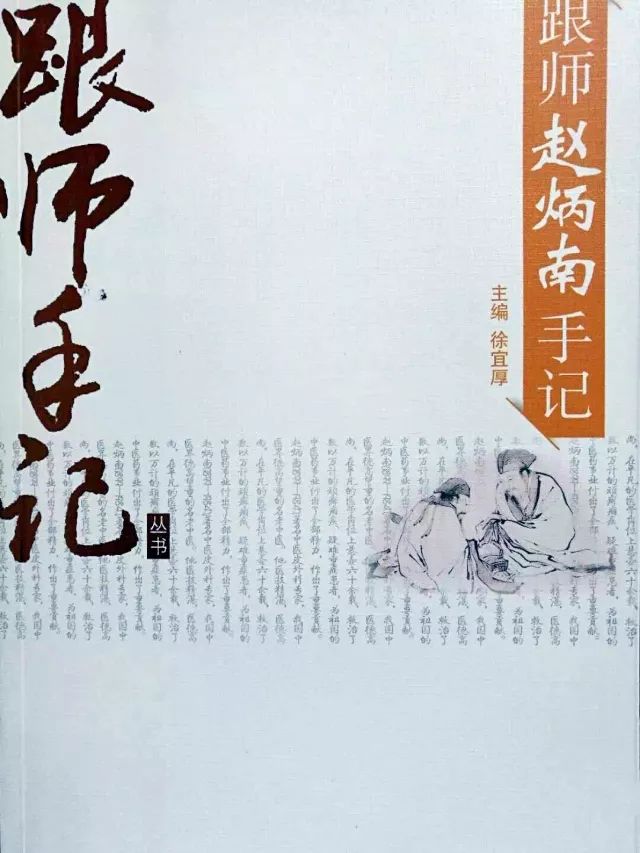
The title of the article is: “Summary of Master Zhao Bingnan’s Teaching at the Central Institute of Dermatology”, written by an author who graduated from medical school in 1954 and was assigned to work at the Institute of Dermatology and Venereology of the Chinese Academy of Medical Sciences, where Master Zhao was invited to lecture and conduct consultations weekly, and the author was arranged to study under him.
Mr. Ma’s article describes the ‘stubborn dampness theory’ as follows:
Mr. Zhao referred to acute eczema as damp-heat ulcers and chronic eczema as dampness ulcers, with particularly stubborn and long-lasting cases referred to as stubborn damp ulcers. In this stage, the skin becomes thickened, rough, scaly, and cracked, and while it may appear that there are no visible damp symptoms, some TCM practitioners believe it has transitioned to blood deficiency and wind dryness, with dampness no longer being the main issue, at most just residual dampness. In response, Mr. Zhao proposed the distinctive ‘stubborn dampness theory’, suggesting that “prolonged illness depletes qi and blood”, allowing dampness to invade deeper layers, becoming more adhesive and difficult to eliminate. Due to stubborn dampness obstructing the meridians and hindering the flow of qi and blood, the skin surface becomes malnourished, thus presenting a false appearance of blood deficiency and wind dryness. Mr. Zhao targeted this with the use of the Quan Chong formula to clear and penetrate the meridians and eliminate the stubborn dampness effectively.
Mr. Ma’s summary is concise and insightful, pointing out that the blood deficiency and wind dryness in stubborn eczema is a false appearance, and that stubborn dampness is the root cause. He also noted that “due to Mr. Zhao’s limited publications and the confusion caused by some indirect statements, the original ecological content of Mr. Zhao’s discussions is not well known”, which indeed seems to be the case.
Coincidentally, in 2014, the China Traditional Chinese Medicine Publishing House published “Medical Cases and Discussions of the Three Generations of Physicians: Zong Xiuying”, where I read Mr. Zong’s understanding of the ‘true dampness and false dryness’ syndrome, which shares similarities with Mr. Zhao’s views and further elaborates on the pulse and symptoms of such patients.

Mr. Zong discovered in clinical practice that symptoms of hand and foot cracking seen in dermatological diseases, although manifesting as dry, thickened, and cracked skin on the palms and soles, still exhibit many damp signs. For example, the cracking of the skin on the palms and toes coexists with herpes and itching, or local cracking coexists with heaviness in the limbs, swelling of the hands and feet, lack of thirst, loose stools, a thick and greasy tongue coating, and other symptoms. Mr. Zong believes that these symptoms reflect the ‘true dampness and false dryness’ syndrome, and that the primary treatment should focus on eliminating dampness to achieve efficacy.
Mr. Zong’s experiences share many similarities with the theory of ‘Water Stagnation and Fluid Deficiency’, making it particularly resonant for me.
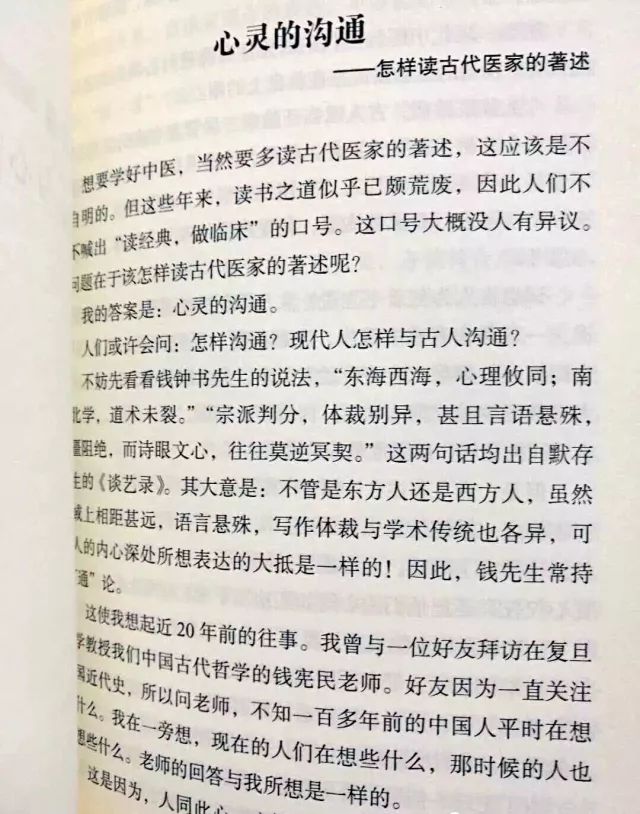
When I taught various schools of thought in university, my first lecture discussed the ‘spiritual communication’ of physicians, and later I wrote an article titled “Spiritual Communication” (included in my book “Half a Day of Clinical Practice, Half a Day of Reading”), the core idea being that despite differences in time and place, as long as one practices medicine earnestly and thinks deeply, physicians from ancient to modern times and across cultures can achieve ‘spiritual communication’. From the perspective of the theory of ‘Water Stagnation and Fluid Deficiency’, there is indeed ‘spiritual communication’ among Mr. Zhao, Mr. Zong, and myself!
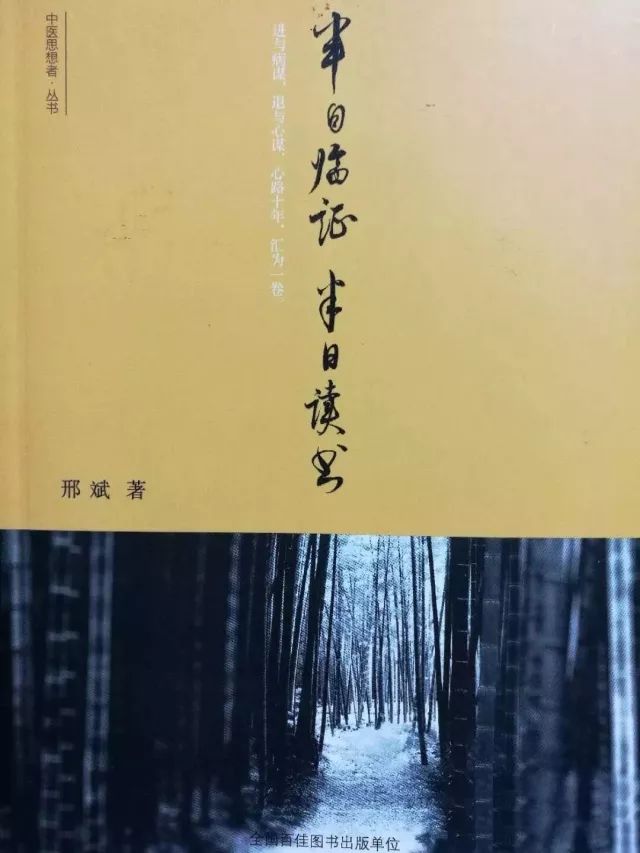
2018.1.22
Source: Reading, Writing, and Clinical Reflection

